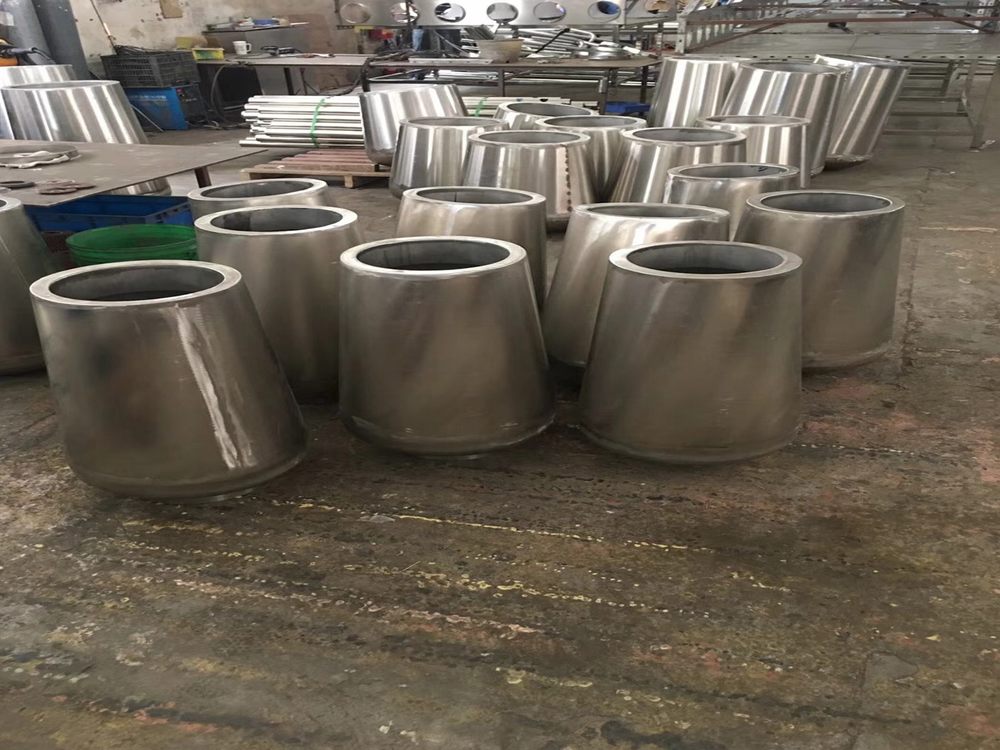
The longevity of a porcelain sculpture is influenced by a combination of environmental and human factors. Understanding these can help collectors and artists preserve these delicate artworks for generations.
1. Humidity and Temperature
Porcelain is highly sensitive to moisture and extreme temperatures. High humidity can cause glaze deterioration or mold growth, while rapid temperature changes may lead to cracking. Ideal conditions include stable humidity (40-60%) and moderate temperatures (15-25°C).
2. Exposure to Light
Prolonged exposure to direct sunlight or UV rays can fade painted designs and weaken the ceramic structure. Displaying sculptures in shaded areas or using UV-filtering glass cases is recommended.
3. Handling and Mechanical Stress
Porcelain is brittle and prone to chipping or breaking from accidental drops or improper handling. Using padded supports and avoiding frequent movement can significantly extend its lifespan.
4. Chemical Exposure
Household cleaners, pollutants, or even acidic air (e.g., coastal salt spray) can corrode glazes. Regular dusting with soft brushes and avoiding chemical contact are crucial.
5. Quality of Materials and Craftsmanship
High-fired porcelain with stable glazes inherently lasts longer. Inferior materials or poor firing techniques may lead to premature aging, such as crazing (fine surface cracks).
By controlling these factors, porcelain sculptures can remain pristine for centuries, as seen in museum collections. Whether displayed in homes, galleries, or outdoor settings, proactive care ensures their artistic and historical value endures.

